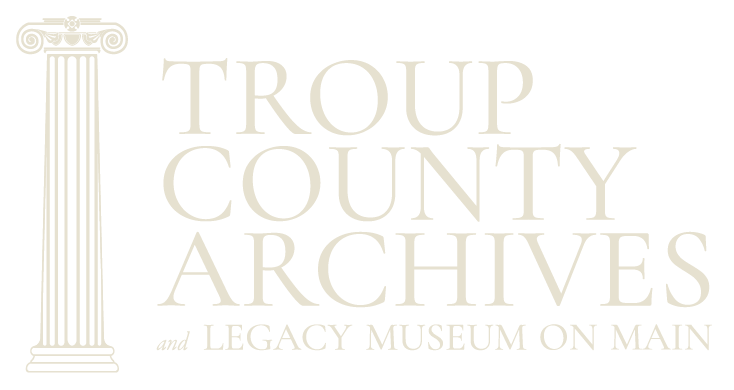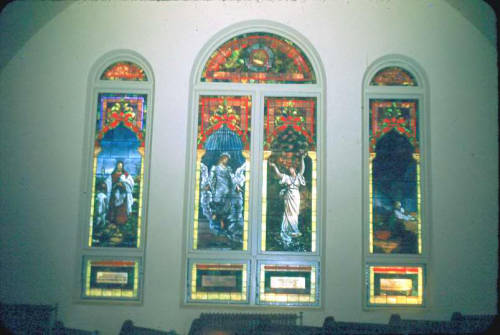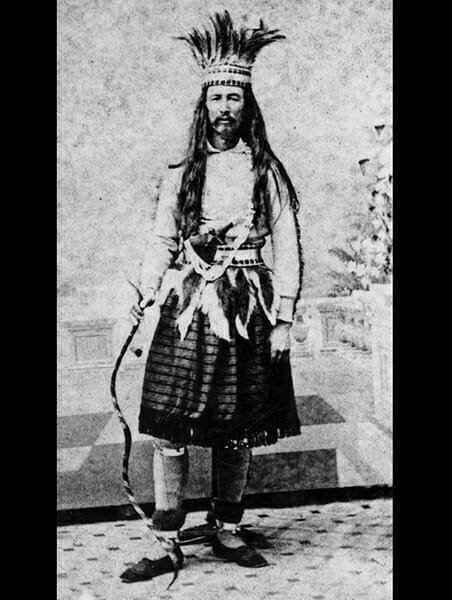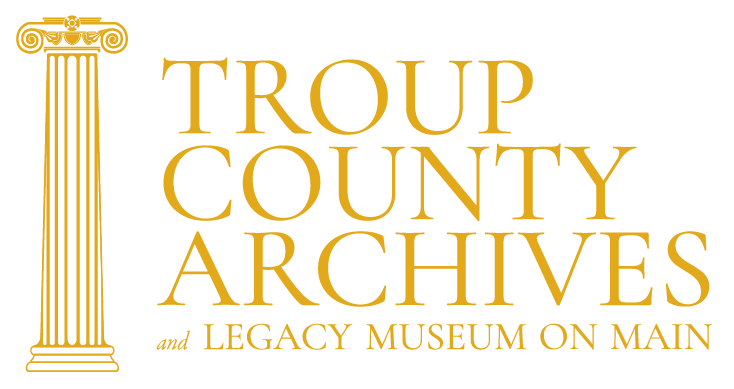Around the time that downtown LaGrange was cut from the wilderness in 1827, a road was blazed between LaGrange and Greenville. Once a road to Newnan was created, this road intersected the Greenville Road a short distance from the square creating a Y-shaped intersection. Prior to the Civil War, the Newnan Road was considered a prominent address and included the homes of lawyer and jurist Edward Young Hill and Sylvanus Bates, the principal of LaGrange High School. In the area around this road were LaGrange High School (at this time, a private school for males) and Southern Female College, the Baptist counterpart to LaGrange Female College, the successor to LaGrange College.
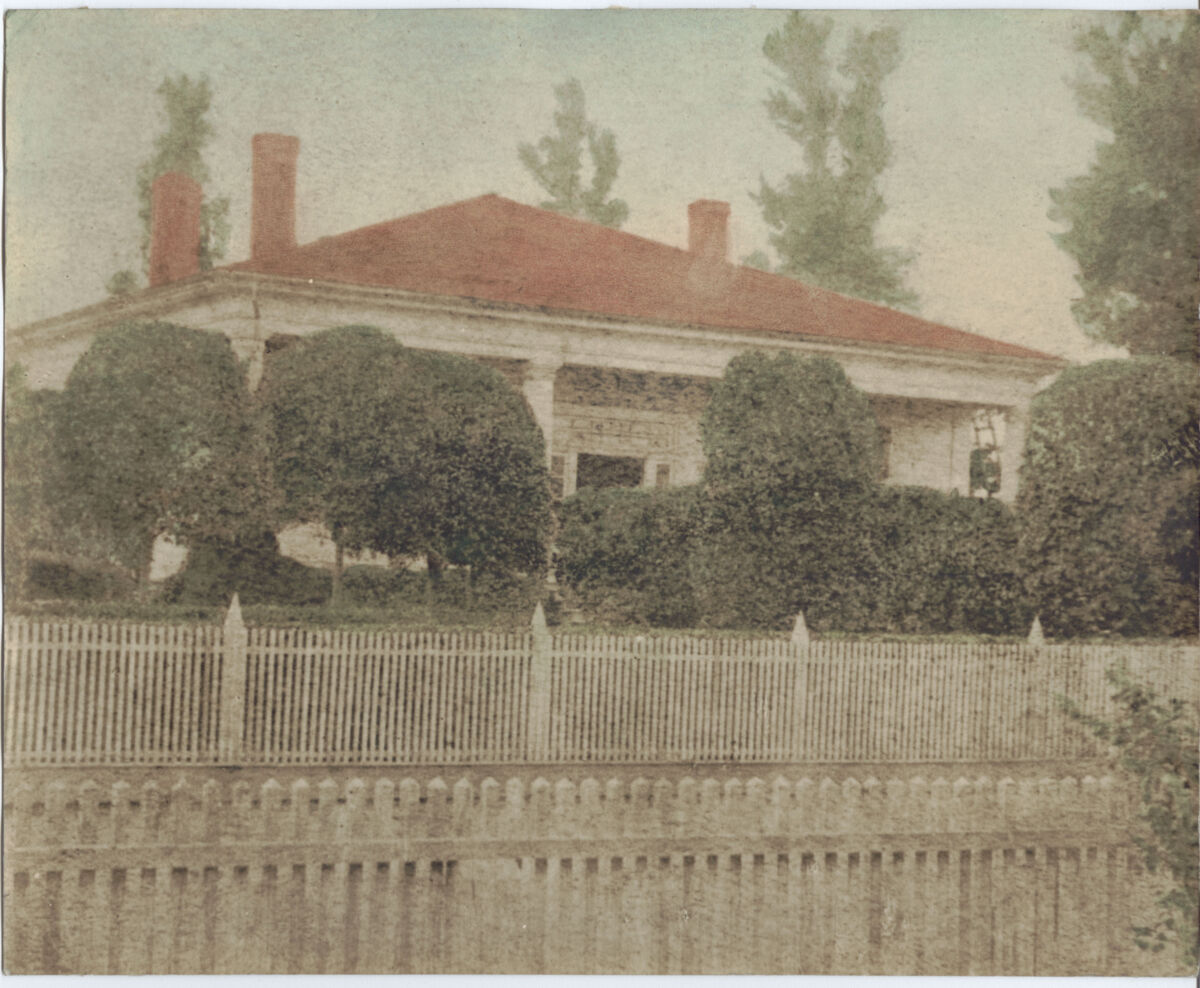
Originally constructed for Sylvanus Bates in 1849, this home is the oldest remaining home on Hill Street. The first view of the house dates to 1920, with the second dating to 1976. This house is now occupied by Holliday Realty.
During the war, Southern Female College burned while it was being used as a Confederate Hospital, and it was later rebuilt on Church Street.
In 1889, the City Council officially changed the name of Newnan Road to Hill Street to honor both Edward Young Hill and his son, Captain Edward Young Hill, Jr., who was killed at the Battle of Cold Harbor. Also in 1889, a street cutting through Hill Street from Greenville Street was named King Street for Horace King and his son, Marshal Ney King, who had died a few years previous. Around this time, the John King School, an early African-American school was built here.
In the property between Greenville and Hill Streets, the city’s fairgrounds were developed at the end of the 19th century. With the establishment of the Dixie Mill in 1895, part of the fairgrounds was taken for use by the mill village. In 1900, the fairgrounds were developed into a residential neighborhood.
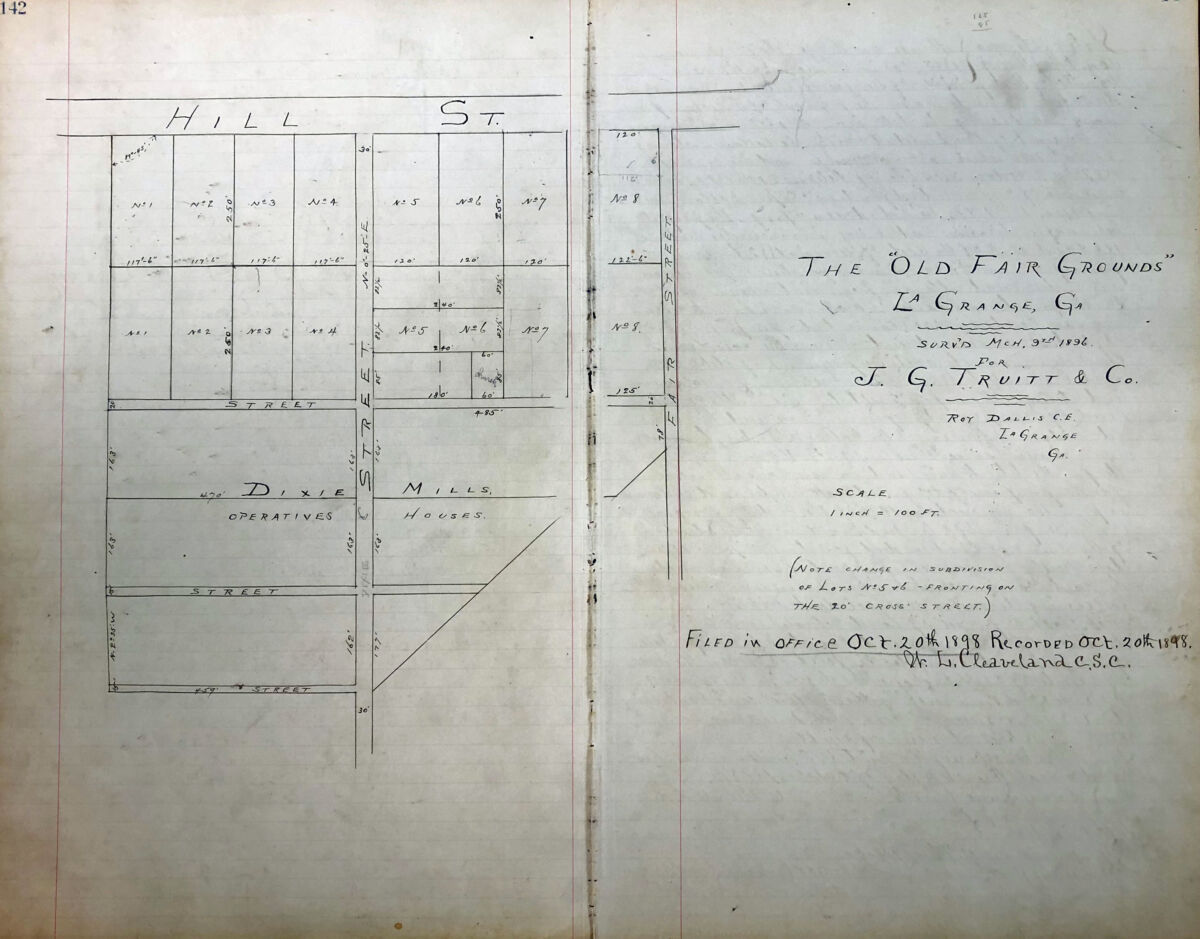
Plan for the division of the old fair grounds into residential lots, 1898.
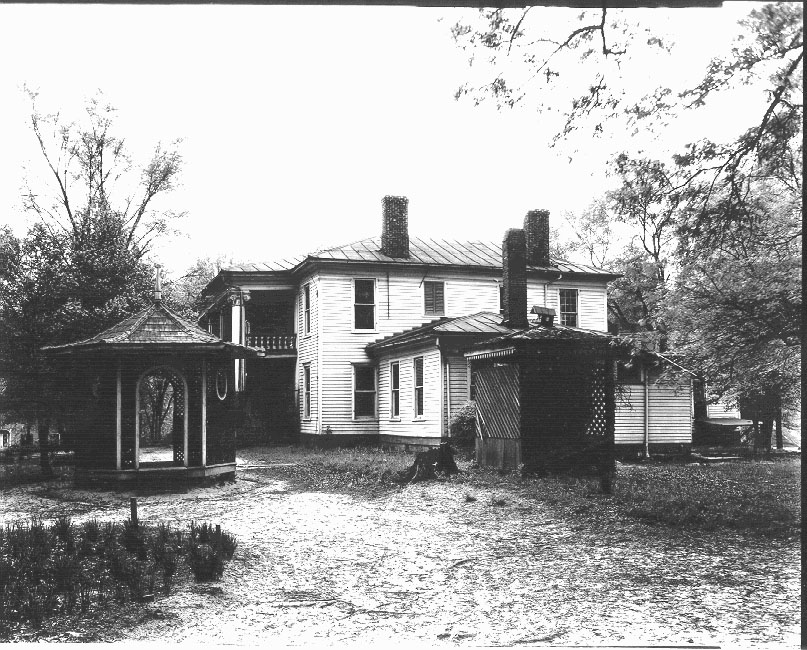
The Hill-Wimbish-Abraham-Render House in the 1930s. This home stood at 121 Hill Street and was eventually replaced by Hill Street Junior High School.
In the 1910s, a number of shops and businesses were constructed at the intersection of Fair and Hill Streets and Hogansville Road and this business district named Three Points. Businesses have included several grocery stores, a movie theatre, gas stations throughout the 20th century. For decades, Three Points Paint and Three Points Frame Shop, owned by Bobby Cammon, have operated in some of the commercial buildings that remain here.
